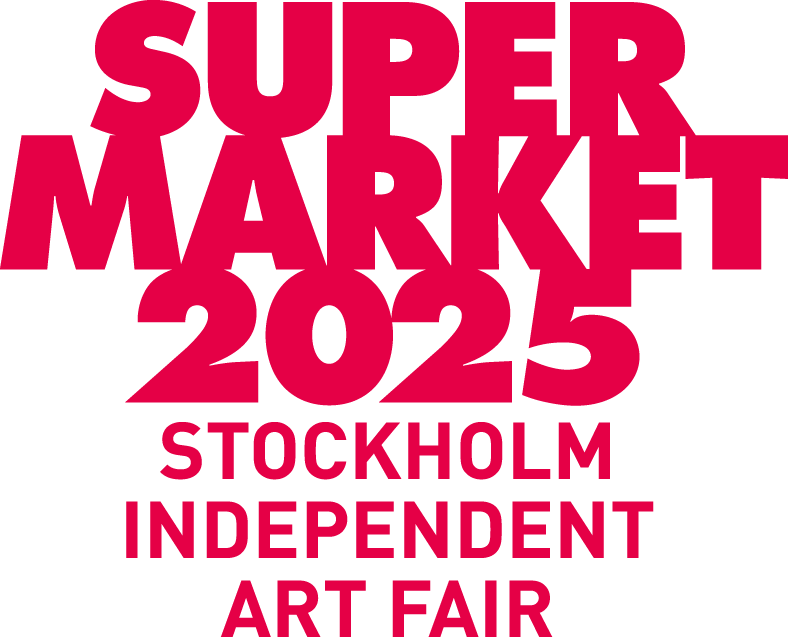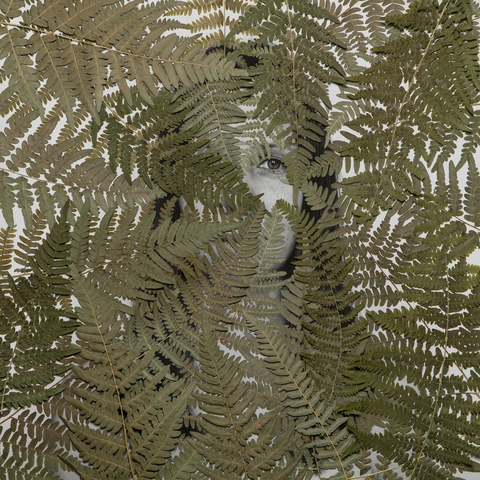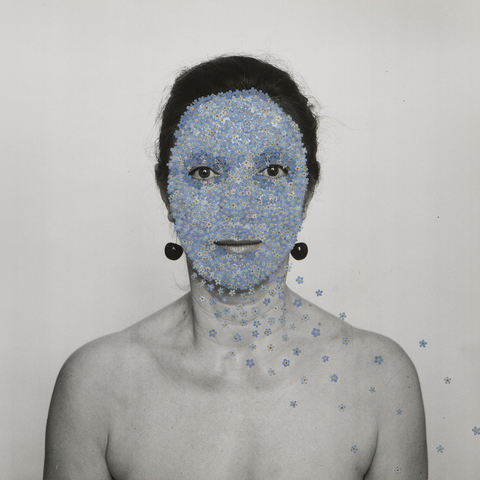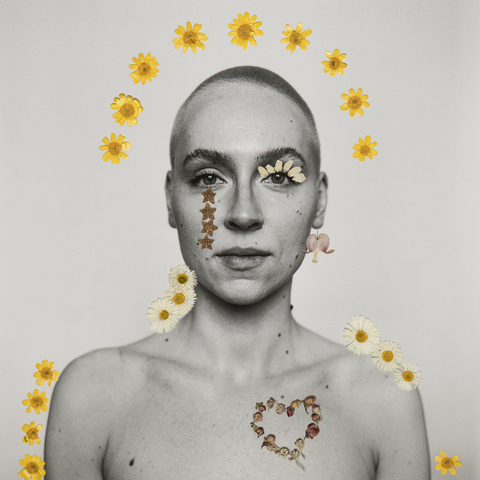
Candyland
Stockholm, Sweden
Candyland is a non-profit exhibition space in Stockholm, founded in 2004. United by their common interest in promoting a wide variety of contemporary art, they have produced more than 190 exhibitions since they opened. Candyland serves as a local art platform with heterogeneous audiences and is active in international networks with a focus on developing the artist-run sector.For this year’s exhibition Candyland presents the Belarusian photo project ‘Herbarium of Female Protest’ by Eva Yarrow (pseudonym). The project includes portraits of female participants in peaceful actions that spontaneously evolved in August 2020 as a reaction to the rigged presidential election and the manifestation of unprecedented violence by the Belarusian authorities.




